Traversing the route of Dandi March; looking back at the first ever salt Satyagraha movement
- by Feature Desk
- Monday | 12th March, 2018
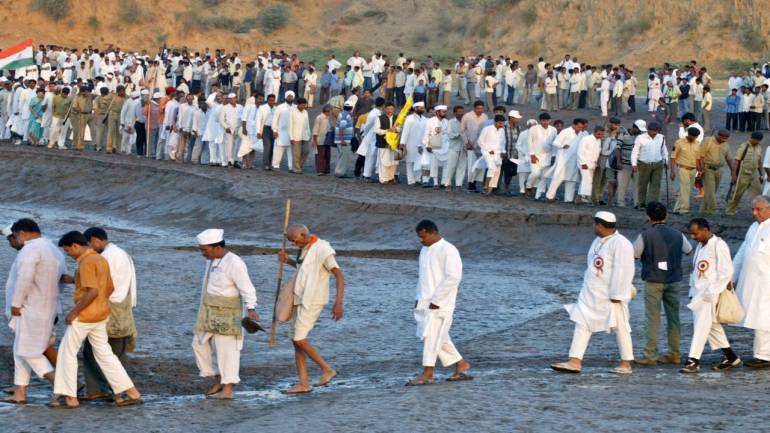
A look back at the route that led Satyagraha or Civil Disobedience Movement
One of the most popular, dynamic event that shaped India’s freedom struggle and led us to the way of independence was the Dandi Salt March, launched under the unparalleled leadership Of Mahatma Gandhi.
With this historic event, the Civil Disobedience was formally introduced on a nationwide basis. Within the context of the Indian freedom struggle, the Dandi Salt March holds a place of paramount importance because of being a beach has its own scenic beauty
A look back at the route that led Satyagraha or Civil Disobedience Movement
On 12 March at 6:30 a.m., Gandhi set out on his 200 miles long journey, from Sabarmati Ashram to Dandi in the company of his few chosen followers. In this journey to Dandi, Gandhi`s trail increased in size as thousands of inspired followers joined him in his march.
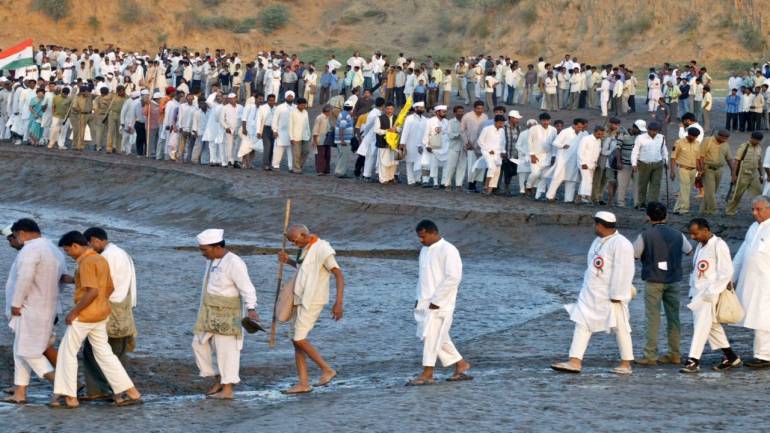
The route for Dandi march was from the Sabarmati Ashram, and carried on towards Aslall - Naagam - Matar - Nadlad (Santaram Temple) - Anand - Borsad - Kanakpura - Karell - Ankahi - Amod - Samine - Dehrol - Ankleshwar - Mangrol - Umarchh - Bhaktam - Delad - Surat - Vaz - Navsari - Mewat - Dandi (ending point), which the government now embarks on the `Heritage Path`.
On 13 March, Gandhi delivered a speech at Bareja, where he invited the villagers among whom there were a considerable number of Christians and Muslims to join hands in supporting the cause of India`s freedom.
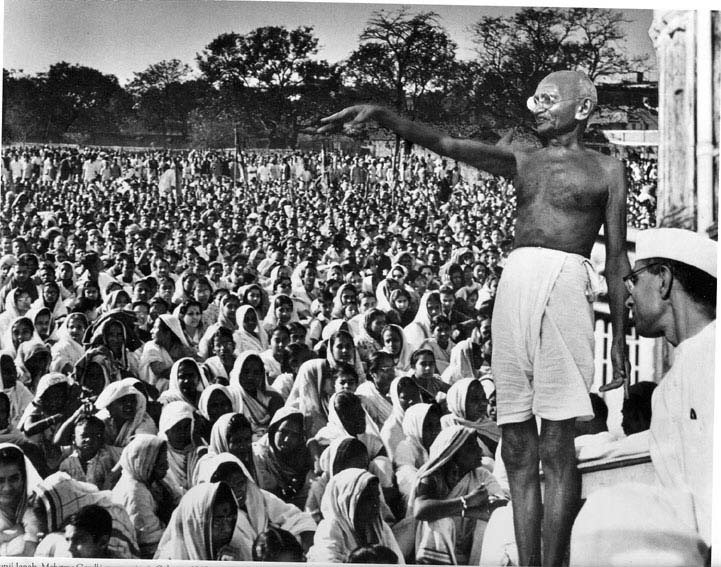
In his 14 March speech at Vasana, Gandhi asked the amassed audience whether they would believe him if he made a prediction that a day would dawn when the British would apologize to the Indians.
Gandhi addressed the people of Dabhan on 15 March. In this speech, he appealed to the people that if they have the armour of inner strength, they should boycott government jobs, endorse khadi, reject foreign-made goods, and abandon alcohol. Armed with an innate commitment to the eternal spirit of truth and self-righteousness, they should join the army of salt satyagrahis.
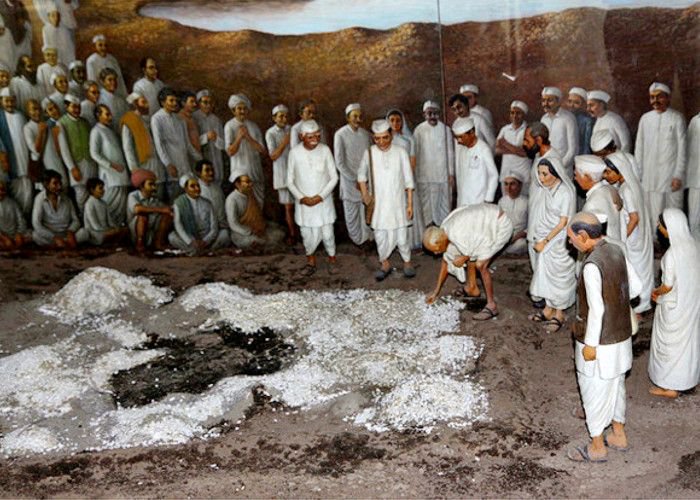
On 17 March, Gandhi delivered a speech at Anand, wherein he urged the students to withdraw from their academic pursuits, until the salt Satyagraha campaign achieved its goal.
On 23 March, he challenged the British government`s capability to arrest him, although he had embarked on a mission to disobey the British laws. In the speech delivered on 25 March, Gandhi declared that he had decided to stay at the residence of a Muslim friend, from where he would undertake his Satyagraha struggle. In his way, Gandhi sought to garner the support of the Muslim community as well in his Satyagraha campaign against the unjust British salt tax law.
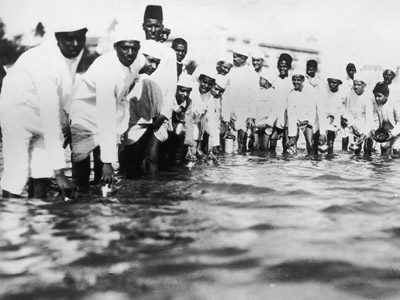
On 26, 28 and 29 March, Gandhi delivered speeches at Ankleshwar, the bank of River Keem and Bhatgam, respectively. Addressing the cloth merchants of Bombay, who attended his speech at Sandihiyer on 30 March, Gandhi said that the involvement of the merchant class in the Satyagraha struggle signifies their commitment to the cause of Indian`s struggle for freedom.
On 5 April, Gandhi addressed the associated press at Dandi. He appreciated the government for resorting to absolute non-interference, while he was on his march to Dandi. With the blessings of God, he communicated his noble intention to initiate civil disobedience in the company of his followers on 6 April.
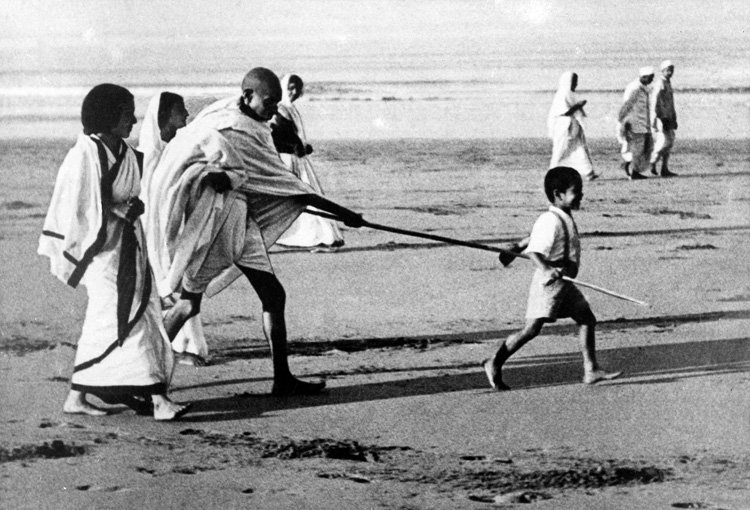
On 6 March, Gandhi, on the Dandi beach finally breached the British salt laws. He picked up a fistful of salt and mud, and manufactured salt by boiling it in sea water. He urged his followers to violate the British salt tax law by manufacturing salt all along the sea coast
The Centre accorded National Heritage status to the Dandi March route a decade back. The historic Dandi route, covering 386 km from the famous Sabarmati Ashram of Mahatma Gandhi in Ahmedabad to Dandi village in Navsari district, has been marked as National Highway No. 228






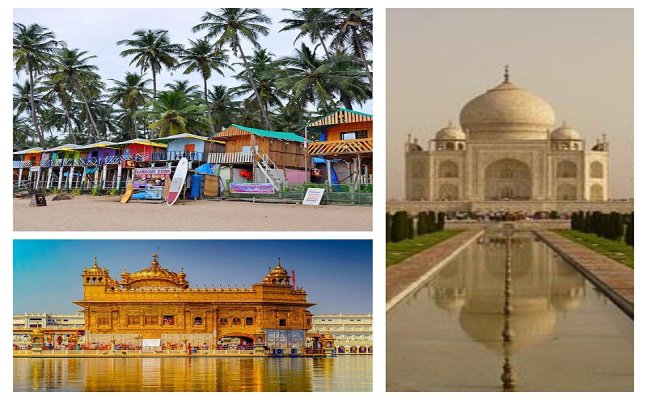


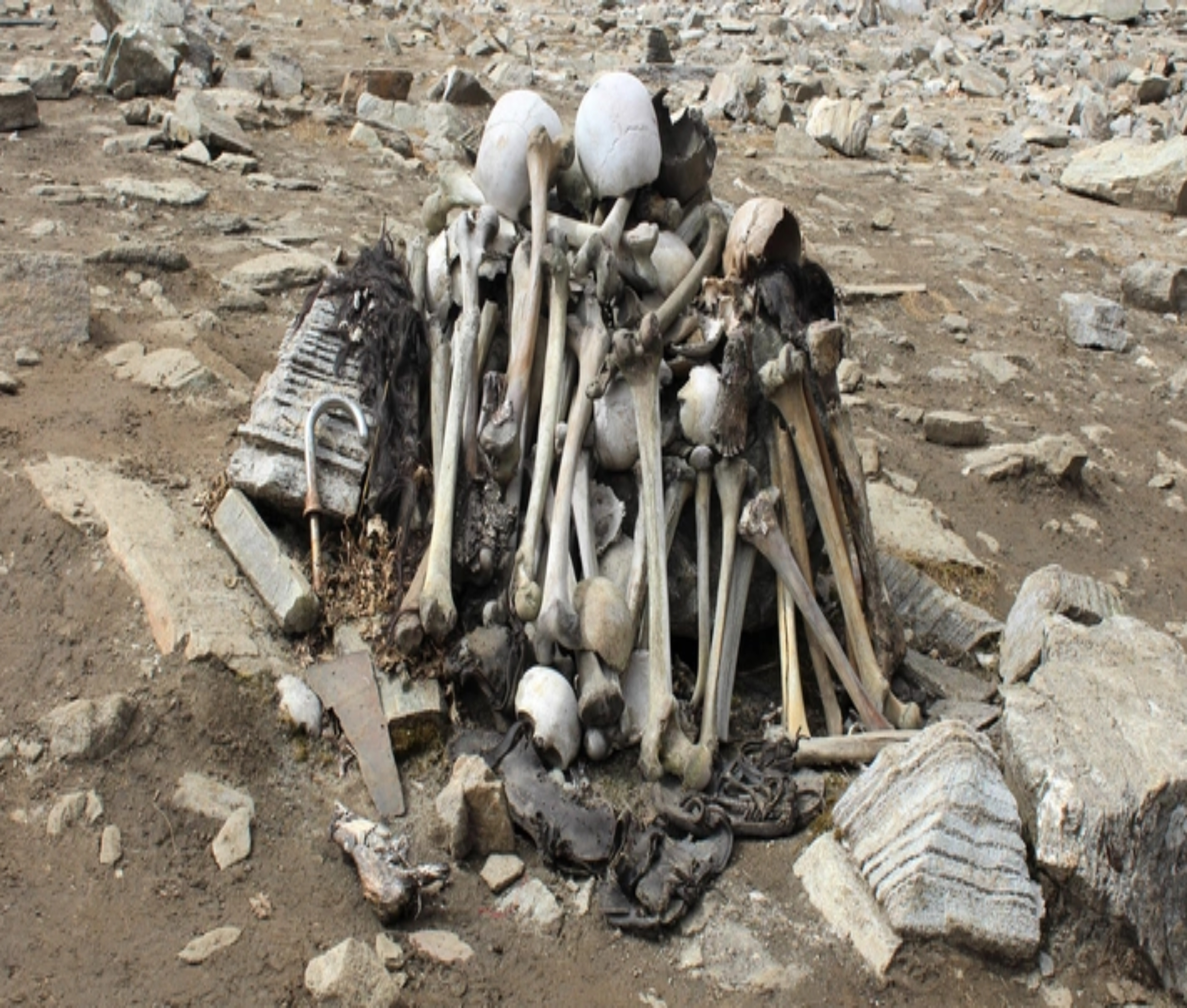
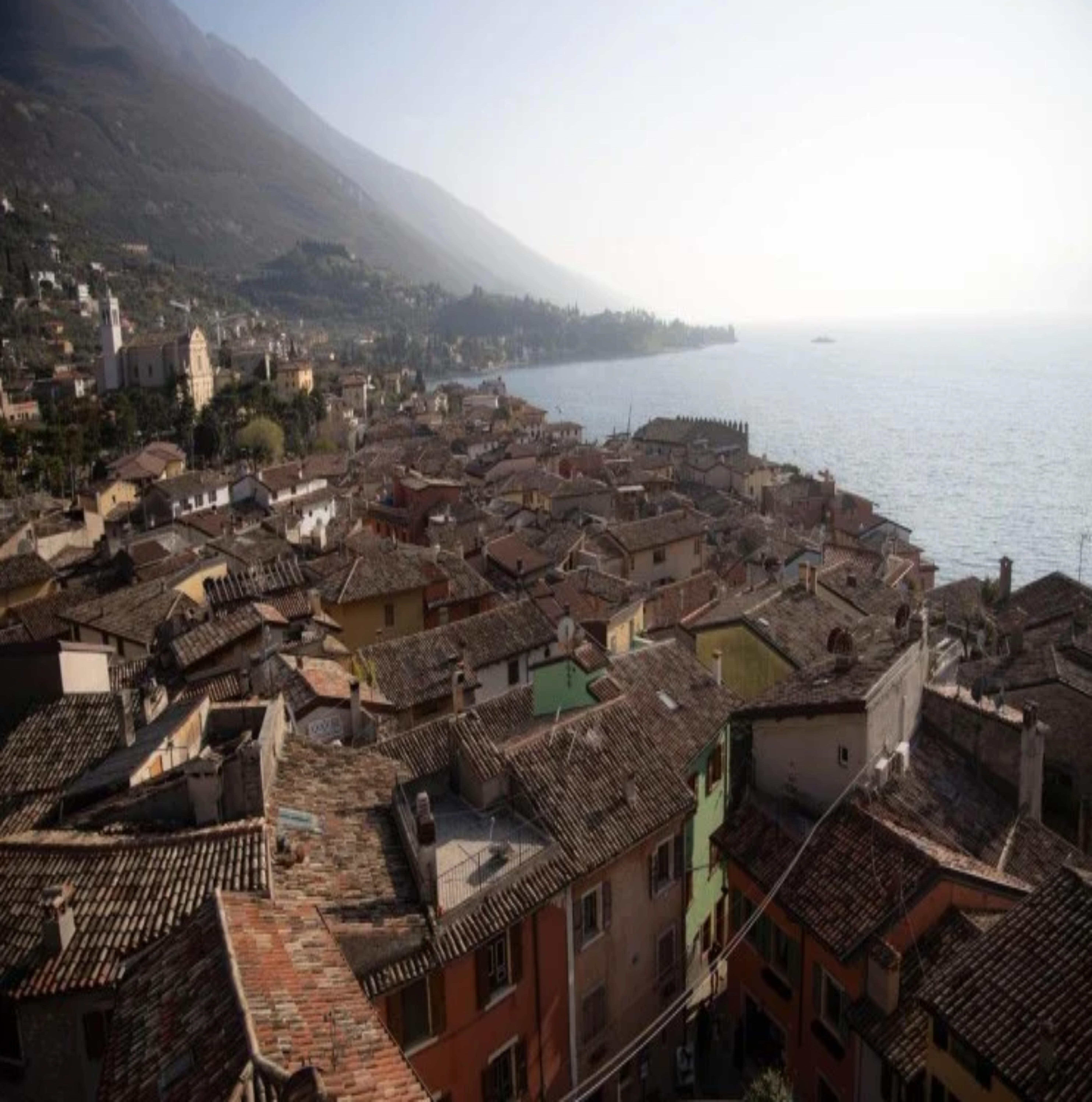
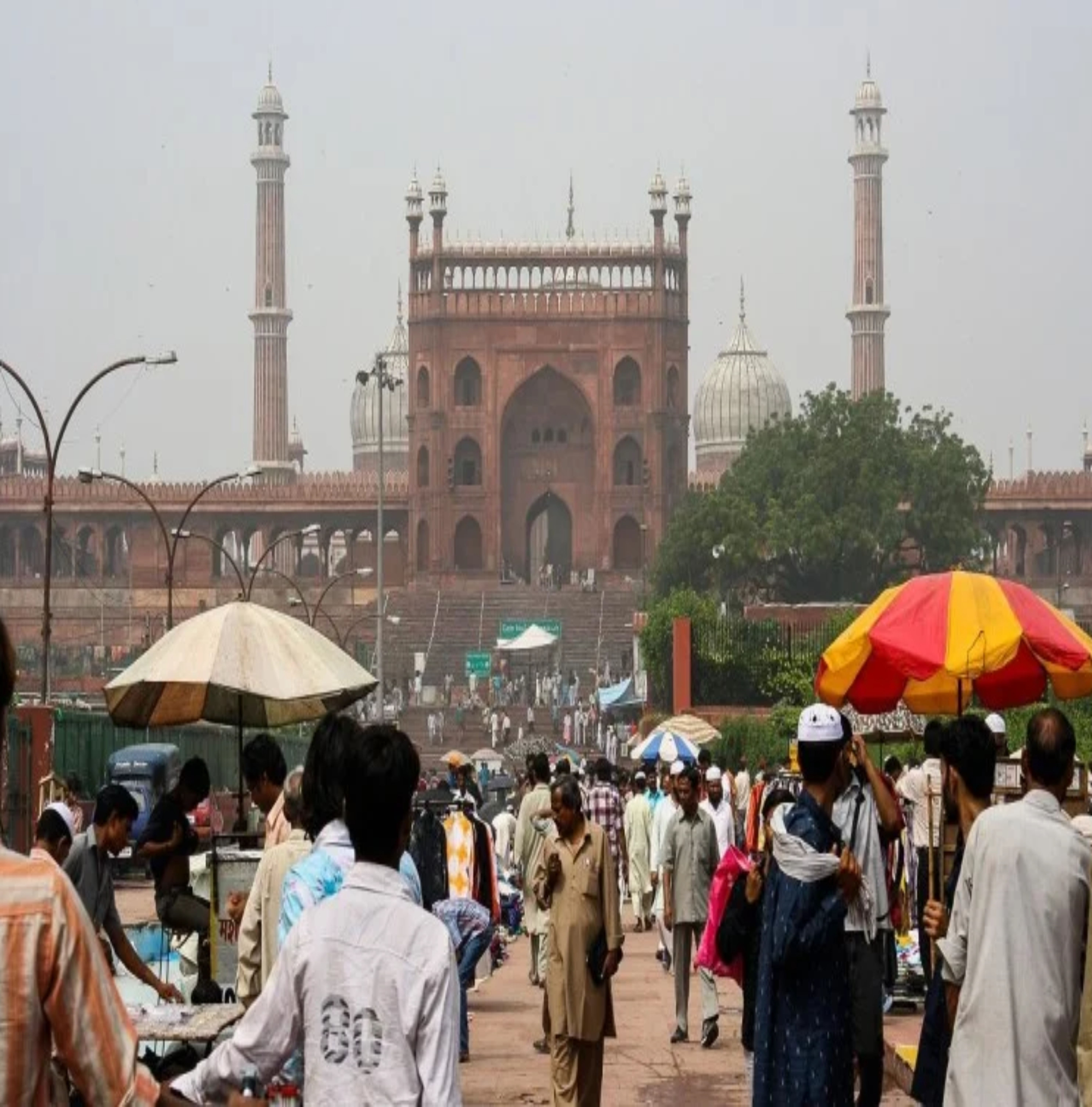





Leave a Comment